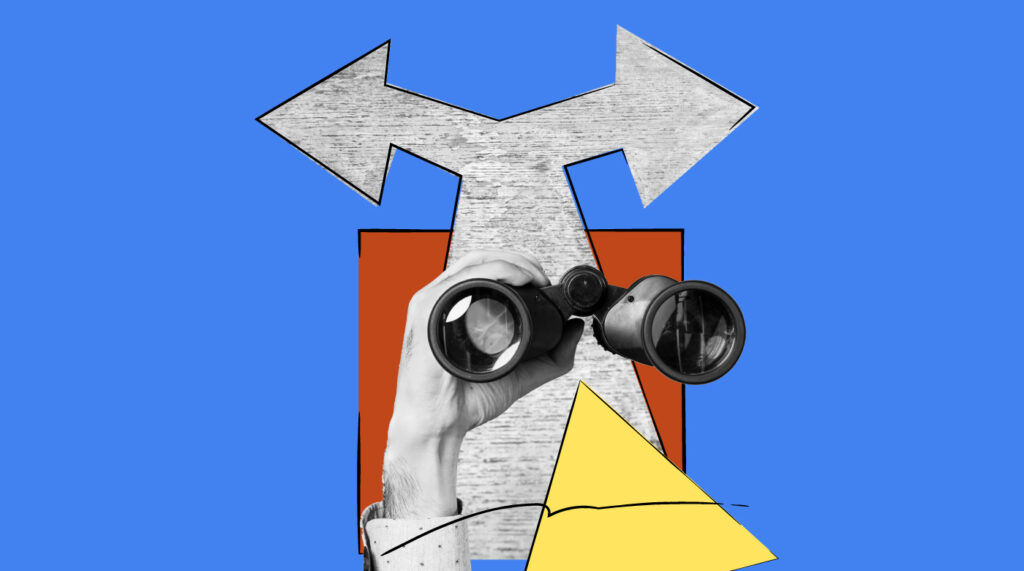Often selection panels can go into the process with the wrong mentality, they go about the selection processes as though its a test or exam – and can often take on that cold persona of an examiner. We’re all experienced that cold persona before, most often in education, we turn up for our mid-year or end of year exam, we’re told where to sit and what do to, then we leave wondering what happened and if our performance was good enough. Selection, particularly interviews can’t be this way, and they can’t be this way for a very good reason – your top applicant is also going to be another selection panels top applicant too, and every so often they’re going to have two or more job offers at the same time. In the current employment environment we as employers often think that we have the upper hand, and with 99% of applicants we do – they want us more than we want them, but with the top candidate its a different story.
Here’s an example from my own experience as a preferred candidate. In a week I received two job offers, both really strong matches for not only my skill-set but also for my interests. Now there were some differences between the jobs, one paid more than the other, and there were some other things as well. The interesting part is that on paper, I choose the lesser of the two – yes I selected to forgo $10,000 in salary and accepted the one that paid less. Now to me, that’s a good amount of money that I turned down, and this is the back story. Both selection panels did a great job, they both used a structured interview format (although one did rely on referee’s more than I would endorse – if you want to know why read this), so technically both used evidence-based selected processes. A key difference however was how I felt about the panel, while one was enthusiastic and interested, the other had adopted the examiner persona. Usually, this would have been okay, the job I turned down was really interesting and I could have done some great things within the role – indeed if the other role hadn’t been offered, I would have been really excited to accept this role. Often in HR, we talk about skill shortages, we talk about the value of employees, and how getting the best employees is pivotal in our business. Yet are we actually walking the walk, or are we simply talking the talk?
Selection panels must absolutely understand that they too are being evaluated, selection isn’t a one-way street, all parties involved are making judgments and decisions right through the process. In this instance that I talk about above, I was absolutely evaluating the selection panel and their processes, right from how they presented the job description in the advertisement, to their first contact with me, to the processes they used to assess my ability, and indeed even the way they dressed when I met them during the interview process. We seem in HR to place a great deal of focus on candidates, what they should say during interviews, how they should dress, did they attend a good school, etc, and this is important information that candidates should consider and take on what they view as relevant for themselves. But frankly, we in HR need to step up our game when it comes to impressing candidates. A selection process seems like a great deal of effort to go through if you’re left with your second or third choice.

